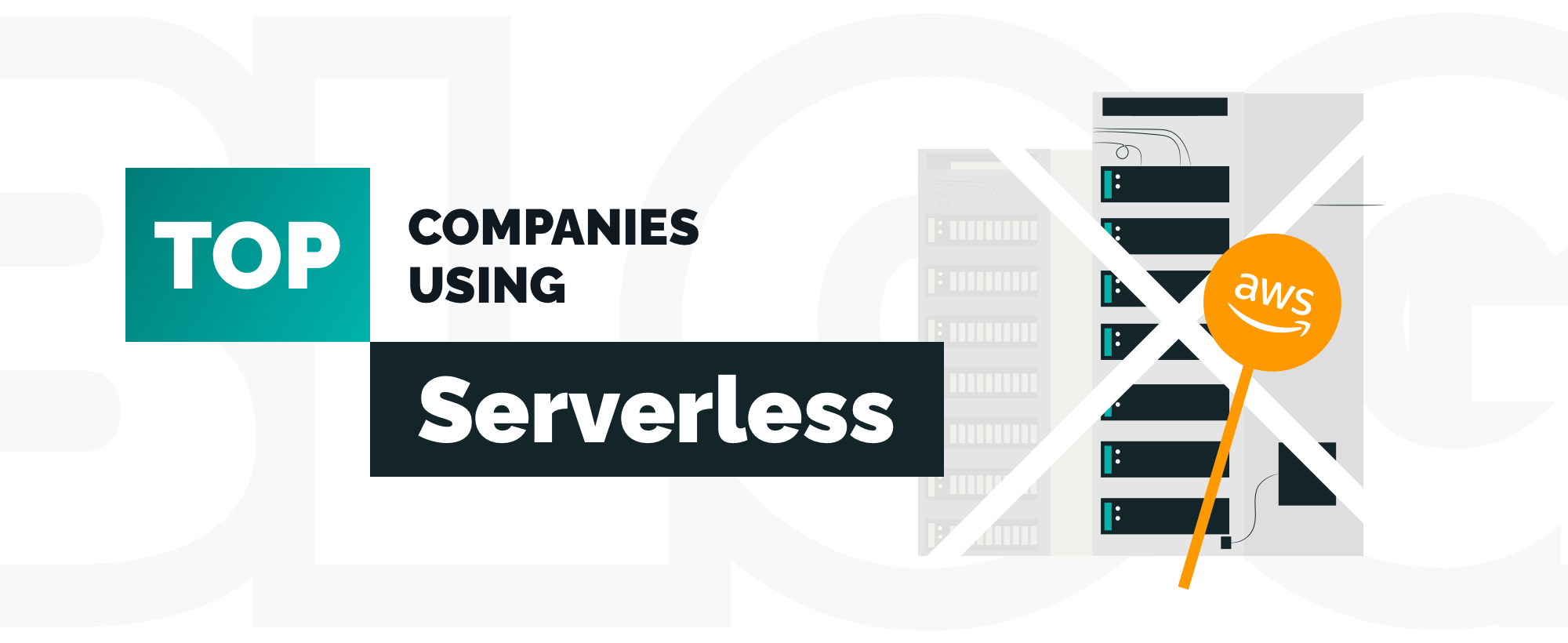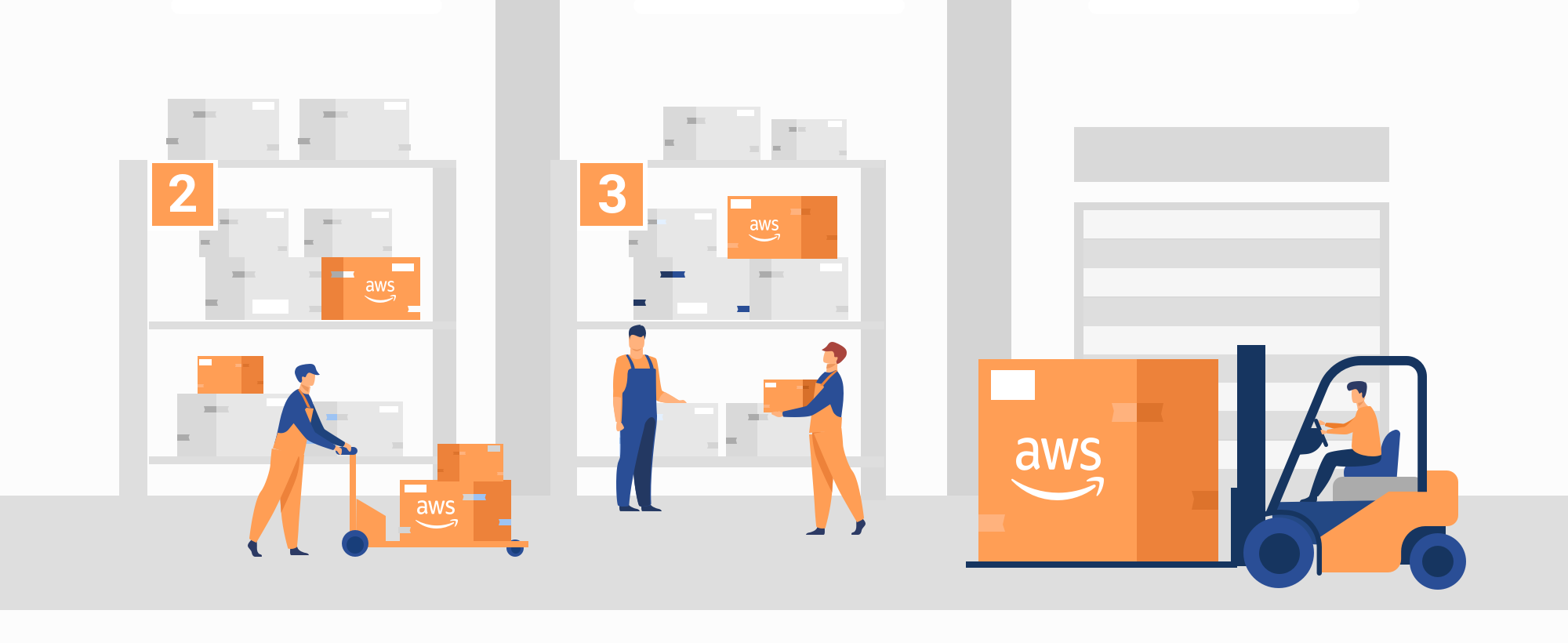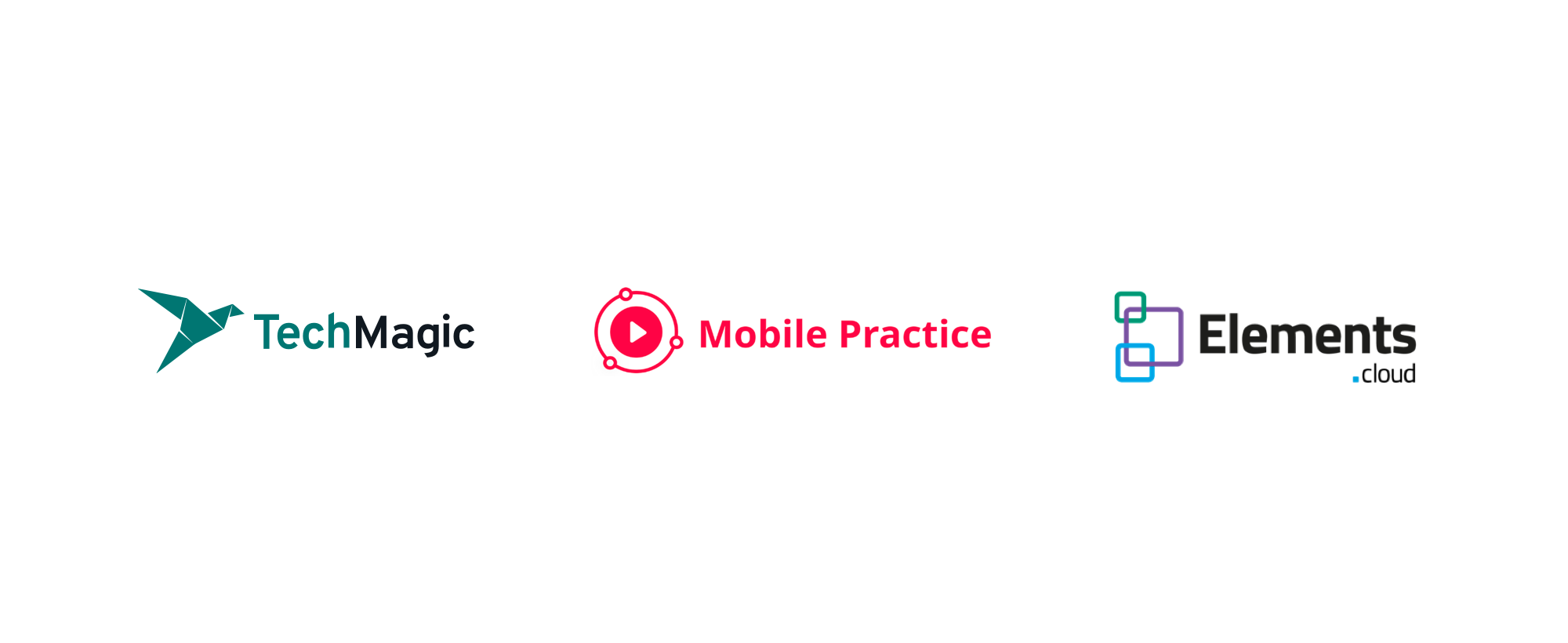7 Top Companies Using Serverless: How CodePen and Others Grow with AWS Serverless

Co-Founder & CEO at TechMagic. Leading a full-stack development company that scales engineering teams and builds software products from scratch. Passionate about AI and innovations.

✔️Check out who is using serverless successfully, and what top companies have applied the AWS Lambda architecture. Learn from the best to boost your business.
As businesses have entered into a challenging economic period, it’s time to rethink the models and goals to survive and become mainstream players. Traditional companies and enterprises have to transform for the youth market and choose technological advancements. With that in mind, businesses consider embracing the serverless approach: starting from the beginning of 2019, 36% stated evaluating serverless within their companies.
Adopting the serverless mindset even if you're still on-premise will improve your services. IT decision-makers and experts urge businesses to embrace innovations or discuss their journey to modernization using a serverless platform. Why? Companies will become more agile, providing better customer satisfaction in the ever-changing industry. So the leaders revise their business models and start investing in a transformation that will help surpass data management, improve core infrastructure, move to the cloud, and make a profit.
Let’s check who is using serverless successfully, and the key benefits of websites using a serverless architecture.
Why Big Players Choose AWS Serverless

Companies using serverless architecture can speed up the development of new services without a vendor lock. You can run your applications in any cloud, hybrid, or multi and stay in control with the help of cloud management. Serverless is almost everyone's strategy. It allows companies to quickly make changes, meet customer needs, and benefit from the latest trends in innovative solutions.
As a result, companies continue testing new approaches and getting other benefits of serverless since it helps:
- Achieve operational and management efficiency,
- Enhance customer satisfaction and get simplified operations,
- Make business more inclusive, scalable, and profitable,
- Get secure operations without worrying about data storage regulations,
- Cut down on expenses and create products at cheaper costs,
- Gain maximum business value and increase your profits.
Companies with serverless web infrastructure have so many advantages, with the most important one being security today. Here are the explained examples of well-known and popular companies using serverless services.
7 Top Companies Using AWS Serverless
Startups and companies with serverless with AWS Lambda have reported increased productivity. Decision making is also improved, allowing a business to make choices based on innovative trends. So let’s review what companies are using serverless:
1. Codepen

Since its launch in 2012, the company has slowly become a great source for developers, especially those who are new to this field. Codepen provides a great way for developers to share codes along with useful examples for newbies.
With a DevOps team consisting of only one person, how does Codepen provide codes to so many people every hour? The answer lies in serverless because it is the company who uses serverless architecture, the infrastructure that has been provided by Codepen works to serve every request. Also, the costs of infrastructure have decreased, counting on the fact that:
- Users can boast of the additional security that Codepen provides as a result of serverless migration;
- AWS has significantly improved monitoring of the activities on Codepen, making it easier for the company to make necessary changes;
- The company serves up to 200k requests/hour when the infrastructure is run by one experienced DevOps engineer, bringing cheaper costs and easier processes to business and its clients;
- Eventually, it costs less than getting/managing own servers, which offers business better solutions and easier management;
- With serverless, the business can avoid issues that are connected with the production and market readiness, providing improved performance and at the same time, growing the audience.
The business is now using a considerable number of ready-made solution templates, saving precious time without being afraid of unnecessary expenses if one of the mechanisms has been compromised.
2. Zalora

Zalora is among the leading fashion stores in Asia. The goal of this brand is to provide fashion on demand for its customers at any time. In order to effectively serve over twenty million clients, Zalora heavily depends on serverless technology.
AWS helps the company to ensure that each customer has a satisfactory experience when shopping on their website. Also, the mobile application works smoothly because of serverless technology. Combining AWS and Lambda ensures that Zalora doesn't face any problems with scaling the number of requests that they get. A serverless framework allows Zalora to provide features that customers can access faster. This means happier customers.
3. Nordstrom

As one of the best online shopping sites selling clothes, it's no surprise that Nordstrom uses AWS. Nordstrom has been in business for over a hundred years. The ability to switch to technology has made this a formidable company. Always in touch with the latest trends in innovative technology, Nordstrom is able to provide smooth and efficient services to its customers.
One important switch has been moving from data-driven applications to build applications based on individual events. Pushing things further, Nordstrom has created the Hello, Retail! framework using serverless. This retail store architecture is created using proof-of-concept serverless. Migration to AWS has helped Nordstrom to improve user experience and overall performance. Deployment and implementation of the above solutions have helped form the basis for modernizing a core business application over the next decade.
The most important thing is that a company now has a serverless stream of everything that clients and their salespeople have ever done in one place. That means: simplifying lots of what the business does every day, reacting immediately to new changes, and building new features. By serverlessing all the things, the business got 100% features in production, 200+ million invocations a day used by half of all their dev teams, and 91% satisfied users.
4. MindMup

Here is another story of the company using serverless. MindMup helps users to create mind maps quickly. The mind mapmaker allows users to focus on an idea’s most essential elements while simultaneously removing potential distractions. Users have access to create an unlimited number of mind maps for free. Every mind map is stored on the cloud. In addition to this, members can create presentations and even post directly to social media platforms.
Prior to 2016, MindMup had been using Heroku, which offered limited capacity. Since moving to serverless in 2016, MindMup has seen a significant decrease in infrastructure costs. Compared with the expenses of the previous year, there was an up to 50% reduction.
Another benefit that MindMup got from serverless was an increase in the number of users. MindMup has 400k active users with two engineers in the team. To get such results, the business started applying serverless on AWS, which immediately helped reduce costs. And what is more important, the solution pushed the company to improve the architecture, allowing them to move promptly forward and experiment more. These changes pushed the company to switch completely with AWS migration consulting, abandoning Heroku.
Therefore, the company built a scalable product with a small team, getting astonishing things from the migration, including improving app infrastructure cost.
5. Shamrock

Shamrock Trading Corporation earns billions of dollars every year as it’s among the enterprises using serverless technology. Created in 1986, this company specializes in providing services such as transportation, financial, and technology. Shamrock is able to create applications and software that can track fleets and helps drivers to find routes.
When their invoicing app, created using Docker, became difficult to manage because of a ruse in the users, Shamrock decided to migrate to Serverless in 2018. This new architecture has led to increased users and a reduction in monthly costs (10 times less than with Docker). This transition was extremely helpful when the company saw a record 30% increase in traffic and the system autoscaled to such changes. The migration to serverless allowed the company to get rid of the legacy apps, create automation new tools, and streamline the team’s workflow.
6. SQQUID

SQQUID is a 100% serverless platform. This business was created to help small businesses to move from traditional mortar stores to the online world, providing top tier channel management and order fulfillment automation for retailers. The goal is to increase automation while reducing the overall costs of processing online sales. The only way to achieve this and stand a chance against retail giants like Amazon is by using innovative technology.
From the get-go, SQQUID made it a priority to use the serverless framework and AWS Lambda. Even working with a small team, SQQUID can still launch new features in record time. The business got an inexpensive infrastructure, allowing a significant cost reduction and service optimization.
Migration to serverless helped to afford the starting company greater flexibility and capabilities. This helped them to get more time and focus on business logic and features. The development moved faster, bringing more advantages to the company, allowing them to work with a small team and amazingly reducing infrastructure expenses. For a new business, that was a critical benefit that also helped to stay ahead of competitors.
7. Figma

Figma is a multi-million company that makes it easier for people to create professional designs. Established in 2012, Figma seeks to provide an alternative to Adobe Photoshop as an open design platform.
Figma stands out for the following reasons:
- Cloud-based screen design tool;
- Provides an easier way for teams to share designs;
- Improved syncing with other designs;
- It works on Android, iOS, and Linux;
- Design files can be shared with a link.
Users don't have to worry about installing the software before achieving maximum results. Because of serverless, designers spend less time managing files; instead, they can focus on their projects. In addition to the above advantages that come with serverless technology, with Figma, many people can work on one task at the same time.
Our Experience

Through a combination of various technologies, we provide cloud computing services to all our clients. Here is our company’s top story using serverless, where we helped our big client — Mobile Practice. We applied the AWS platform with a serverless approach to creating an educational video platform for Fortune 5000 companies. Here, the main challenge was to make it highly scalable based on the serverless approach. At the same time, we had to focus on the EU and US video streaming needs and particularities, including the set-up of a video recording in the IE, and discuss the future of serverless and vendor lock-in within the Lambda solution and services. What the client’s business gained:
- The combination of AWS platform and serverless environment for video transcoding;
- The amazing flexibility of the product;
- Serverless framework for deployment and CloudWatch for monitoring of Lambda functions;
- A highly-scalable product with low latency streaming in the EU and US, and more.
Working with the Elements.cloud project, we focused on the serverless environment and applied operations using AWS Lambda and Kubernetes cluster to improve business. The request and main challenge were to build a fully-tolerant, secure, GDPR-compliant process visualization/management SaaS product with Salesforce integration. What the client’s business gained:
- Implementation of a highly customizable process mapping/visualization web tool;
- Auto-scalable and fully-tolerant back-end architecture on AWS migration consulting;
- New features and business logic with a great system;
- Highly-customizable diagrams with robust version control;
- A shift from EC2 instance to partial serverless architecture, using AWS Lambda, and much more.
In all business cases, our clients relied on us, and we’re happy with the made decision to choose serverless.
Final Thoughts
Companies require a clear strategy that gives them the opportunity to exploit new technologies. A secure and well-organized approach of moving to serverless reduces the deployment time, and provides greater scalability and flexibility while giving maximum control over expenses incurred for business. More resources can be directed to innovative releases, which will ultimately lead to heightened customer satisfaction. Finally, other famous companies use serverless in production to stay ahead of the competition.
Are you looking to capitalize on the benefits of serverless? TechMagic is a software and web development company that has been operating for more than five years. Through our AWS migration consulting and services, we make moving to the cloud, switching providers, or using a serverless infrastructure easy to help you build unique, cost-efficient, and rock-solid solutions.



 Software Development
Software Development
 Security Services
Security Services
 Cloud Services
Cloud Services
 Other Services
Other Services
















 TechMagic Academy
TechMagic Academy
 linkedin
linkedin
 facebook
facebook
 twitter
twitter






















